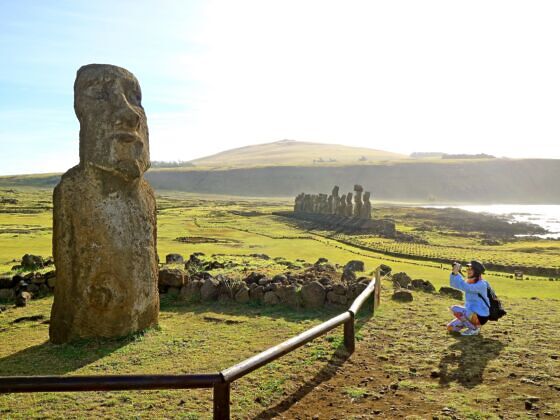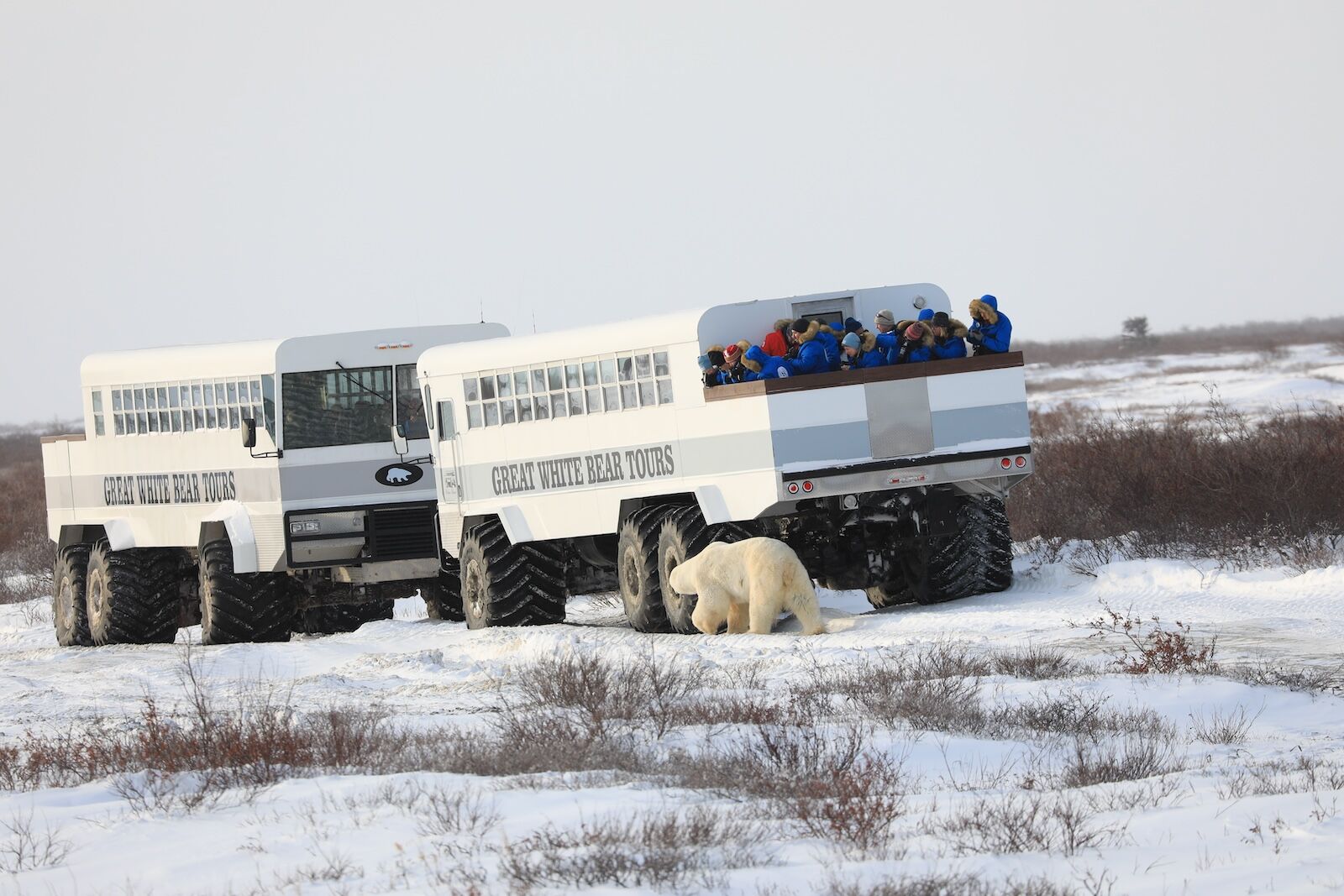A couple of weeks back, as I was doing research for an article about Antarctica cruises, I realized that the seventh continent is a very busy place. There are well over a dozen cruise lines traveling to Antarctica, some making up to 40 sailings per season. Not only that, but there are also private first-class flights to Antarctica available for those who want to take a day trip to the end of the Earth. Somehow, it all feels wrong.


Maybe Not Every Corner of the World Needs to Be Immediately Accessible
I love traveling and, as a travel writer, my job is to encourage people to get out there and see more of the world. But these days, it all feels too much to me. We can go anywhere, whenever we want: reaching destinations like Greenland, Svalbard, Easter Island (Rapa Nui), the Galapagos Islands in just a couple of flights. There’s no challenge any longer, as all we have to do is type in the numbers on our credit card and we’re off. I wonder if without the pain of getting to a hard-to-reach place, we don’t really enjoy it like we should. I wonder if the ease with which we access every corner of the world is making us a little entitled and jaded.
One thing is for sure: the ease of travel is partly to blame for how similar places around the world are starting to look. The more people who travel to one area, the more that business owners feel the pressure to adhere to a certain aesthetic that has mass appeal versus the distinct attributes that make a place unique. The most popular Airbnbs, hotels, and cafes all have the same phony, Instagram-friendly vibe whether you’re in London, Mexico City, Prague, or Hanoi. There’s a potted fig plant and a macrame wall-hanging piece in the most popular Airbnbs in both remote jungles and mountain towns alike. And don’t get me started on the number of signs that say “Live, laugh, love” or “But first, coffee” that I’ve encountered — even in locations where people barely speak English.
But interior decor, no matter how pathetic, and our senses, no matter how dulled, are likely the least-problematic consequences of ever-growing accessibility. Making every corner of the world reachable has huge environmental impacts, sometimes even destroying the very thing we’re looking for by traveling.
Take the Tren Maya, for example. The massive new rail project in Mexico’s Yucatán Peninsula makes it easy for tourists to go from popular areas like Cancún to Tulum and rural areas along a five-state route. However, to build the 966-mile long train tracks that will connect cities, archeological sites, protected natural sites, tourist attractions, and smaller towns, large swathes of the lush Yucatán jungle were cleared, despite being home to Indigenous communities and wildlife. Inevitably, locals were displaced, and cenotes — underground water-filled caverns so loved by visitors to the regions — were polluted and paved over. It was all done in the name of accessibility, and the expectation that if you build it, tourists will come — and bring their money with them.
When the COVID-19 pandemic closed all borders and brought travel to a minimum, I remember thinking that maybe it was some sort of warning to all travelers, a chance to remind us that travel has been too easy lately, and maybe we need to reset. But now, four years later, after the era of “revenge travel” (when we were seemingly so vacation-starved that we went on a booking frenzy), it seems that we’re exactly where we were pre-pandemic, no lessons learned.
I understand the appeal to see the beauty of remote and previously mysterious places — especially places yet unspoiled by the bulldozer that is the always-expanding tourism industry. It’s an indescribable feeling to see majestic wild animals in their natural habitats. But I also wish that some places could remain sacred, or at least known but left alone and inaccessible to most people. It’d be better for our planet and its wildlife, and for the traditional inhabitants of the those places whose pockets might be fuller, but whose peace is forever shattered.
But having inaccessible places is also better for our collective imagination. If every corner of the world’s been visited, photographed, and written about in details ad nauseam, there’s very little for us to dream and feel curious about.

Tourists taking a polar bear watching tour in Manitoba, Canada. Photo: aceshot1/Shutterstock
Some places understand the benefit of restricting access to visitors. Antarctica does that to a certain extent; only cruise ships with 500 guests or fewer can make land on the white continent. So do the Faroe Islands, which, having experienced a huge boom in visitors in the past few years, “closes for maintenance” once per year, only allowing volunteer-focused tourists (voluntourists) in the country.
Other places are hitting us where it hurts most: our wallets. The Galapagos Islands are hoping that doubling the entrance fee to the park will deter some tourists (the ones who can’t afford it) from visiting while still bringing in much-needed revenue that’s used to fund conservation. But is it enough?
With more than two decades of traveling, I realize it’s very difficult to explore the world while fully protecting and respecting it at the same time. I’m not sure it’s a balance we can even strike. Those who love to travel, including me, don’t really want to rein themselves in. We want to enjoy what the world offers to the fullest, and that’s understandable. But until there are answers to problems like overtourism and the lack of cultural preservation, among others, perhaps the places that are able to find a sustainable way to welcome travelers will be those that keep their sense of individuality and, better still, make themselves a little more inaccessible.